ACUPUNCTURE 101
Acupuncture is the most well known branch of Chinese Medicine, which is a comprehensive system of medicine that extends back over 3,000 years. Chinese Medicine developed over centuries out of keen observation, anatomical understanding, and clinical experience. We’re currently in a very exciting era with research illustrating the physiological effects of Chinese Medicine and helping to build a bridge of understanding between Chinese Medicine and Western Allopathic Medicine.
Chinese Medicine’s biggest strength is its holistic understanding of the body. Instead of compartmentalizing the body and treating symptoms in isolation, Chinese Medicine recognizes that the various systems of the body are all connected to and affect one another. Because of this, Chinese Medicine treats the whole person and the root cause of disease. In addition, Chinese Medicine goes beyond only treating the physical body and incorporates the mind, emotions, and spirit into treatment.
There are six main branches of Chinese Medicine that we incorporate into treatments as appropriate. Scroll below or click on the menu to the right to learn more about the six main treatment modalities.
ACUPUNCTURE
Acupuncture is the most well known aspect of Chinese Medicine. Acupuncture works by stimulating specific points along channels or meridians within the body. Acupuncture points increase the functioning of the internal organs, remove barriers to healing, and stimulate the body’s innate healing capacity. Similar to the nervous system or hormonal system that links and connects the body, acupuncture meridians are activated to have a holistic and systemic impact. For more detail about acupuncture please visit my FAQ page.
HERBAL MEDICINE
Chinese Herbal Medicine is often used in conjunction with acupuncture to enhance the effects of treatment and to extend the benefits of treatment into your daily life. Herbal Medicine is a safe and powerful therapy in its own right that can also be used as a stand alone treatment. In contrast to pharmaceuticals which can have unpleasant side effects, herbal formulas use herbs in their whole form and in combination to prevent the likelihood of side effects. Similar to acupuncture, herbal formulas are prescribed to be holistic in order to restore balance and healing in the body.
Herbal Medicine is beneficial when dealing with conditions including— menstrual disorders, fertility support, digestive issues, diabetes, insomnia, anxiety, the common cold, and allergies.
All herbs carried at Dynamic Acupuncture are tested for quality assurance and regulated under the Good Manufacturing Practices (GMP).
DIETARY THERAPY & LIFESTYLE
Dietary therapy is a foundational building block of health in Chinese Medicine. Dietary choices have a direct effect on your daily health and also play a major role in preventive healthcare. Dietary therapy in Chinese Medicine has always recognized that there is no one-size-fits-all diet and recommendations are made on an individual basis.
Lifestyle recommendations, in addition to dietary therapy, are incorporated into treatments as necessary. Posture and how we move through the world plays a role in body pain. Alignment based physical recommendations can help decrease the daily strain placed on the body. Relaxation and breathing techniques are often suggesting for patients struggling with insomnia, stress, and anxiety.
CUPPING
Cupping therapy is often described as an inverse of a massage. Instead of pressing down into the muscle tissue, a suction is created using either glass or plastic cups to pull up on the skin and muscles. Blood circulation is increased with cupping as old stagnant blood is pulled out of the muscles and fresh oxygenated blood flows back in. This provides healing and pain relief for tight muscles and helps remove toxins and cellular waste from the body. Cupping also stimulates the immune system and the lungs to prevent a cold and reduce the symptoms of asthma.
GUA SHA
Gua sha is an effective therapy used to reduce body pain and to restore full range of motion. Translated as “scraping,” a porcelain soup spoon is used with massage oil to break up fibrosis or adhesions in the connective tissue of the body. Most commonly used on the back or neck, the body is palpated to find areas of muscle tension, tenderness, and knotted muscles. Gua sha breaks up fibrosis and increases blood circulation in the local area. This restores normal range of motion to restricted muscles and decreases pain.
HEAT THERAPY
Acupuncturists are big proponents of heat therapy when working with conditions that are not in an acute stage of injury. Long-term use of ice constricts local blood circulation, depriving muscles of the nutrients they need to heal. Heat therapy provides pain relief by increasing the circulation of blood and oxygen to muscles, reducing inflammation, removing toxic waste from cells, and stimulating healing. The two forms of heat therapy that I use in my clinic are a TDP lamp and moxibustion or “moxa.”
TDP lamps are mineral lamps that provide far infrared energy to the body. It helps relieve joint and muscle pain, heals soft tissue injuries, and relaxes muscles.
Moxa is a traditional therapy in Chinese Medicine that uses the dried mugwort leaf (Artemisia argyi). There are several variations of moxa: one of the most common is mixing the herb with charcoal to create a stick. This moxa stick is then held an inch or two above the skin to create a gentle and relaxing warmth. Moxa is used to stimulate specific acupuncture points and to strengthen the immune system.
Heat therapy is beneficial for conditions including— arthritis, chronic back or body pain, painful menstruation, low energy, and depression as well as for strengthening the immune system and enhancing fertility.






